Promote the development of cultural industries
Developing cultural industries is a consistent policy of the Party in the Congresses. To concretize the Party's Resolutions, the Prime Minister issued Decision No. 1755/QD-TTg dated September 8, 2016 approving the Strategy for developing cultural industries in Vietnam until 2020, with a vision to 2030 (Decision No. 1755/QD-TTg). This is the first strategy on national cultural industries in Vietnam.
 |
Vietnam's cultural industries will be invested in to develop into important economic sectors. (Source: VGP) |
After nearly 10 years of implementation, the Strategy for the Development of Vietnam's Cultural Industries to 2020, with a vision to 2030, "has initially achieved certain successes in raising awareness and affirming the importance of Vietnam's cultural industries in the overall development of the country", said Mr. Tran Hoang - Director of the Copyright Department, Ministry of Culture, Sports and Tourism (MOCST) at the meeting to develop the Strategy for the Development of Cultural Industries to 2030, with a vision to 2045 (October 2024).
In preparation for the launch of this Strategy, the Vietnam Institute of Culture and Arts Studies (VICAS) (now the Vietnam Institute of Culture, Arts, Sports and Tourism) of the Ministry of Culture, Sports and Tourism has spent two years compiling the National Cultural Industry Strategy to 2020, with a vision to 2030, with the support of the Ministry of Culture, Sports and Tourism, UNESCO and the British Council, Dr. Tom Fleming, a leading international expert on the creative economy (www.tfconsultancy.co.uk), many partner organizations and businesses across the cultural and creative sectors of Vietnam, aiming to “enhance the performance and value of Vietnam’s cultural industries to become one of the leading industries in the Southeast Asian market”.
The National Cultural Industries Strategy comes at a crucial time for Vietnam, as it is poised to make the most of its rich and diverse cultural assets, the greatest of which is its abundant human resources. According to Prof. Dr. Nguyen Chi Ben, former Director of VICAS, implementing the Strategy will transform Vietnam into a globally recognised creative economy by 2030. A productive and competitive economy will be one with a confident, diverse and entrepreneurial cultural industry. This will bring direct and indirect value to the economy – opening up new opportunities for job creation and accelerating innovation; and opening up new markets for creative content and services, thereby enhancing the competitiveness of the economy as a whole. But most importantly, it will ensure that we make the most of our most important resource: the talent of an increasingly young, creative and globally connected population.
In the Affirmative Strategy, the Communist Party of Vietnam and the Government have consistently highlighted the importance of culture in the country’s development and have a clear agenda to position culture as an economic development tool. With the main goal of transforming Vietnam into an industrialized country, cultural industries can play a catalytic role by enabling cultural organizations and businesses to create more sustainable and high-value jobs; Supporting talented people to express themselves, express their creativity and collaborate to express special aspects of traditional and contemporary Vietnamese identity; Modernizing cultural institutions to better suit the needs and aspirations of a young and globally connected population; Improving the innovation and competitiveness of key sectors such as tourism and manufacturing. Repositioning Vietnam as a modern, progressive and creative country.
Bringing Vietnam's cultural industry to the top in ASEAN
According to Mr. Tran Hoang, the strong development of cultural industries on a global scale has been and is a field that creates the potential for breakthroughs in socio-economic development in a number of countries, including Vietnam. Therefore, it is necessary to build a Strategy for the development of cultural industries in the coming period, responding to the strong development of the world and the Industrial Revolution 4.0, the task of promoting the development of cultural industries in a synchronous and modern direction to meet the requirements of international integration, while promoting the diversity of Vietnamese culture, continuing to promote an advanced culture imbued with national identity.
 |
After 5 years of implementing the Strategy, 12 cultural industries in Vietnam achieved revenue equal to 3.61% of GDP. (Source: Internet) |
Regarding the goal, the Cultural Industry is an industry that combines creativity, application of scientific and technological achievements, use of cultural values and protection of intellectual property rights with business skills to create products and services with cultural and economic values, meeting the needs of consumption and cultural enjoyment of the people, contributing to the sustainable development of the country.
The goal is to develop cultural industries into important economic sectors, contributing to promoting culture and affirming Vietnam's national brand and position in the international arena.
Focused and key development, based on sharp thinking, sharp action, choosing the best, breakthrough development so that cultural industrial products and services meet the factors of creativity, identity, uniqueness, professionalism, health, competitiveness, sustainability on the basis of ethnicity, science, and mass to promote and spread the cultural values, history of the country and people of Vietnam, meet the goal of sustainable development, promote international exchange and integration and participate in the global supply chain.
By 2030, develop Vietnam's cultural industries into important economic sectors, focusing on developing a number of cultural industries with potential and advantages to achieve the goal of cultural industries contributing 7% of GDP.
By 2045, position the cultural industry as a key industry, striving for revenue to contribute 9% of GDP, attract 6 million workers, accounting for 9% of the total labor force of the economy.
The next goal is for Vietnam to become the leading country in cultural industry development in Southeast Asia and one of the countries with developed cultural industries in Asia. Cultural industries contribute to promoting the development of the country's creative economy and positioning Vietnam on the world development map in the smart era.
Vietnam's cultural industries include 12 sectors: (1) cinema; (2) cultural tourism; (3) performing arts; (4) fine arts, photography and exhibitions; (5) advertising; (6) architecture; (7) design; (8) fashion; (9) handicrafts; (10) publishing; (11) television and radio; (12) software and entertainment games.
Source: https://baophapluat.vn/dinh-vi-viet-nam-tren-ban-do-phat-trien-cua-the-gioi-post547897.html



![[Photo] T&T 1 and Ho Chi Minh City 1 People's Police Teams won the men's and women's team championships](https://vphoto.vietnam.vn/thumb/1200x675/vietnam/resource/IMAGE/2025/5/22/39db06ae67cb4001b7a556e8d9a56d07)
![[Photo] Prime Minister Pham Minh Chinh chairs meeting on draft Resolution of National Assembly on International Financial Center in Vietnam](https://vphoto.vietnam.vn/thumb/1200x675/vietnam/resource/IMAGE/2025/5/22/d398664ff1a140629169ea5a24e1b4d0)
![[Photo] Press delegation meeting to visit Truong Sa and DK1 Platform](https://vphoto.vietnam.vn/thumb/1200x675/vietnam/resource/IMAGE/2025/5/22/6b8d232877ec421a9e8187d83b9f8006)

![[Photo] General Secretary To Lam chairs a working session with the Central Internal Affairs Commission](https://vphoto.vietnam.vn/thumb/1200x675/vietnam/resource/IMAGE/2025/5/22/3b7790f499da45b2803d8ae253207ef1)


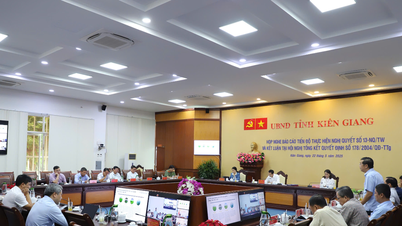
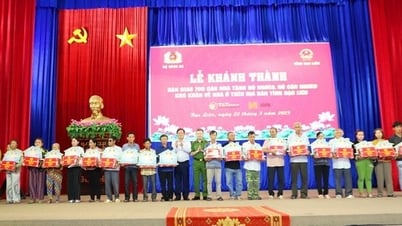

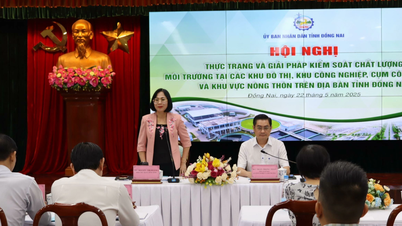




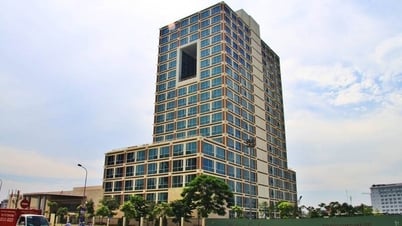









































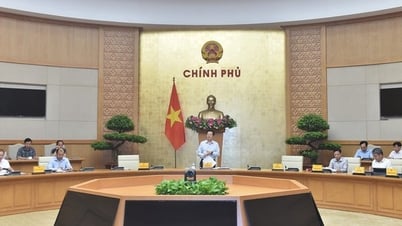





















![[Podcast] Week introducing more than 500 OCOP products in Hanoi](https://vphoto.vietnam.vn/thumb/402x226/vietnam/resource/IMAGE/2025/5/22/d144aac2416744718388dbae3260e7fd)





Comment (0)